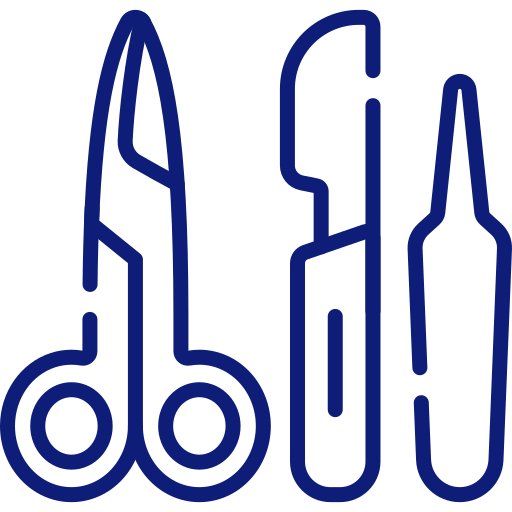March 23, 2023
Blog
EU MDR extension and medical device compliance: the implications for product labeling and patient safety
Warren Lesack
Senior Account Executive, Life Sciences
Share
In February 2023 in an overwhelming majority vote of 537-3, the European Parliament granted an extension for the new European Union's Medical Device Regulation (EU MDR) from 2024 to 2027 or 2028 depending on device’s risk class. This move is to alleviate the unintended consequences of putting health and patient safety at risk and confusion in the medical community due to medical device manufacturers who haven’t had the time or resources to become EU MDR compliant.
A long path to regulation
The process for medical device manufacturers adhering to The European Union's Medical Device Regulation (EU MDR) continues down a long and challenging path. EU MDR entered into force in May of 2017 to replace the previous Medical Device Directive (MDD) that had been introduced in the 1990s. It became applicable on May 26, 2021, followed by a postponement to May 2024 to allow authorities and manufacturers the ability to prioritize in response to the COVID-19 pandemic.
The intention of EU MDR was to make a complete overhaul of the legal regulations for medical devices to improve patient and user safety while allowing for the effective functioning of an internal market for medical device products. With more than 500,000 types of medical devices on the market, the EU MDR has paved the way to supplying a more patient-focused approach to regulations. However, given the multiple issues that have put a strain on market readiness, the approval of an extended transitional period was a clear effort to help prevent device shortages and help companies meet the need for innovative, high-performing devices and new therapies.
Are your labels ready for EU MDR?
Failure to comply with labeling challenges outlined in EUDAMED (European Database on Medical Devices) will mean that several companies will fail to register or re-register their products. Indeed, this will lead to the loss of the European market or an interruption in the supply chain. EU MDR shares a lot with UDI and with the two in place, companies will have to review their existing labeling solutions to ensure they can meet all the ensuing labeling complexities. Otherwise, they will find that they could face big barriers that will render them with devices that will not see local or international markets.
Without exceptions, all products must adhere to cross-border regulations regardless of product industry. Importation and exportation of medical devices in particular adds more dynamics to the already murky waters of labeling medical devices as additional information needs to be included on their labels. With increasing business competition, it is the dream of every organization to venture into new and emerging markets. This comes with addressing complicated labeling and packaging challenges.
The inclusion of UDIs is just one of several mandatory EU MDR labeling criteria, including standard iconography and instructions on how to access eIFUs (Electronic Instructions For Use). As ever, labeling errors are likely to result in regulatory enforcement and costly product recalls.
With many medical device manufacturers having hundreds if not thousands of SKUs (Stock Keeping Units), each requiring a label, and ensuring that each of these labels is EU MDR-compliant, is a mammoth task. Indeed, if the company is using manual systems to manage its labels, then simply identifying which labels need to be updated is an incredibly daunting and time-consuming effort.
Adopt an end-to-end validated labeling solution
There is currently no doubt that companies are aware that labeling is a mission-critical aspect of the supply chain. However, too few companies have the labeling and packaging artwork solutions in place that will guarantee regulatory compliance, efficiency, validation, brand consistency, responsiveness, customer satisfaction, and revenue.
Unfortunately, many companies continue to use error-prone manual labeling and artwork management systems that consist of disjointed applications and databases and lack accountability. Spreadsheets, legacy systems, and even some software packages are simply not reliable enough to ensure compliance with the evolving demands of global medical device labeling. Ultimately, complex EU MDR requirements call for validated labeling solutions that enable dynamic, data-driven labeling, ensure security and auditability, and integrate with sources of truth to navigate any regulatory barriers.
Don’t wait to be up against the next deadline - Download our free new white paper to learn more about how medical device manufacturers can standardize and automate labeling and packaging across a global landscape to address pressing demands around EU MDR.







